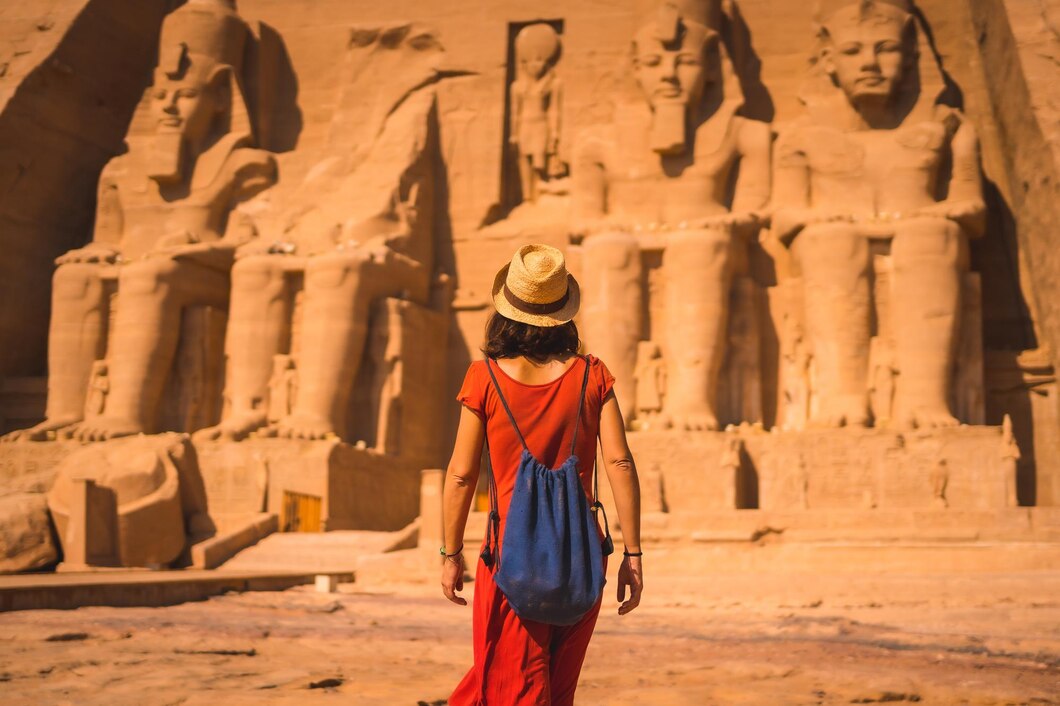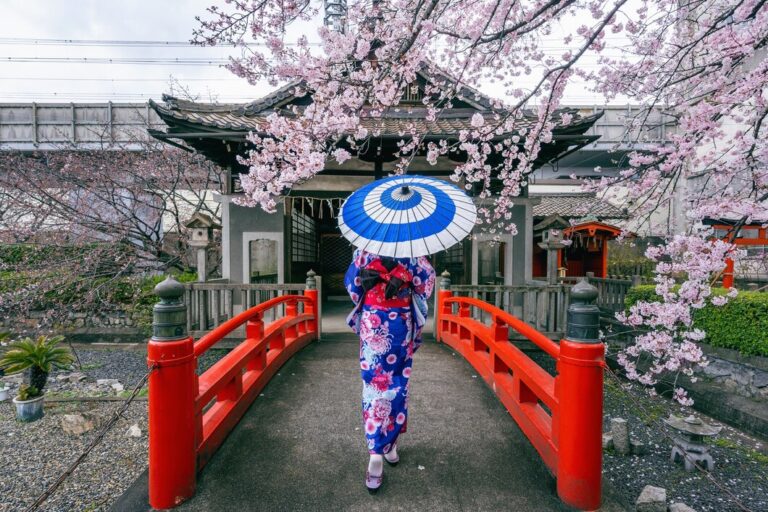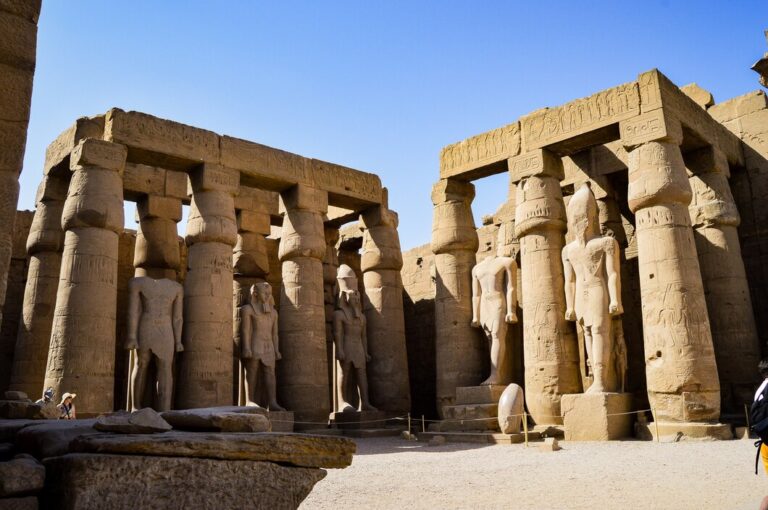Queen Hatshepsut Temple In Luxor Egypt: How To Visit
Queen Hatshepsut, who ruled Egypt from 1479 to 1458 BCE, was one of the few female pharaohs in ancient Egypt. Her reign was marked by prosperity, extensive building projects, and the expansion of trade networks. The Temple of Hatshepsut was constructed to honor her legacy and serve as a mortuary temple where rituals for her ka (spirit) could be performed.
Designed by Senenmut, Hatshepsut’s royal architect, the temple is a marvel of engineering and artistic achievement. It is built into the sheer limestone cliffs that rise dramatically above the site, blending harmoniously with the natural surroundings. The temple’s unique design, with its three-tiered terraces connected by long ramps, was revolutionary for its time and set a precedent for future architectural endeavors in Egypt.
The reliefs and statues that adorn the temple walls depict Hatshepsut’s divine birth, her coronation, and her trading expeditions to the Land of Punt, an ancient trading partner. These depictions not only glorify Hatshepsut’s reign but also provide invaluable insights into the cultural and political landscape of ancient Egypt.
How to Get to the Temple
The Temple of Queen Hatshepsut is located in the Deir el-Bahari complex on the west bank of the Nile, opposite the city of Luxor. Luxor is well connected to major cities in Egypt, including Cairo and Aswan, by air, train, and road. Once in Luxor, reaching the temple is relatively straightforward.
From Luxor, you can take a taxi or hire a private car to the site, which is about a 30-minute drive from the city center. Many visitors opt for guided tours that include transportation, as well as visits to other nearby sites, such as the Valley of the Kings and the Colossi of Memnon. This option is particularly convenient if you’re interested in a comprehensive exploration of the West Bank’s archaeological treasures.
Best Time to Visit
The best time to visit the Temple of Queen Hatshepsut is during the cooler months, from October to April. During these months, the temperatures are more comfortable, allowing you to fully enjoy your visit without the discomfort of the intense summer heat, which can easily reach over 40°C (104°F).
If possible, try to visit early in the morning or late in the afternoon to avoid the midday crowds and heat. The temple opens at 6:00 AM, giving early risers the opportunity to experience the site in the soft morning light, which enhances the beauty of the limestone cliffs and the temple itself.
What to Expect During Your Visit
As you approach the Temple of Queen Hatshepsut, you’ll be struck by the imposing sight of the temple rising majestically from the desert floor. The temple’s three terraces, each supported by rows of massive columns, are connected by a series of ramps that lead up to the sanctuary. The entire structure is a harmonious blend of natural and man-made elements, with the cliffs providing a dramatic backdrop to the temple’s clean, geometric lines.
Upon entering the temple complex, you’ll walk along a grand processional way that leads to the first terrace. Here, you’ll find the first of many remarkable reliefs and statues, including those depicting Hatshepsut in the guise of a male pharaoh, complete with the traditional false beard. These statues and carvings are a powerful testament to Hatshepsut’s efforts to legitimize her rule in a male-dominated society.
As you ascend to the second and third terraces, you’ll encounter more elaborate reliefs and inscriptions. One of the most famous scenes depicted here is the expedition to the Land of Punt, an event that highlights Hatshepsut’s achievements in trade and diplomacy. The details of the journey, from the ships to the exotic goods brought back to Egypt, are intricately carved into the walls, offering a fascinating glimpse into the wealth and reach of ancient Egyptian civilization.
Tips for a Memorable Visit
To make the most of your visit, consider hiring a knowledgeable guide who can provide deeper insights into the history and significance of the temple’s features. Additionally, wearing comfortable shoes and carrying water is essential, as the site involves a fair amount of walking, and the desert climate can be quite harsh.
Finally, don’t forget to bring a camera or smartphone to capture the stunning architecture and breathtaking views of the surrounding landscape. The contrast between the golden cliffs, the temple’s pale limestone, and the deep blue sky creates a picture-perfect scene that will be a highlight of your trip to Egypt.







